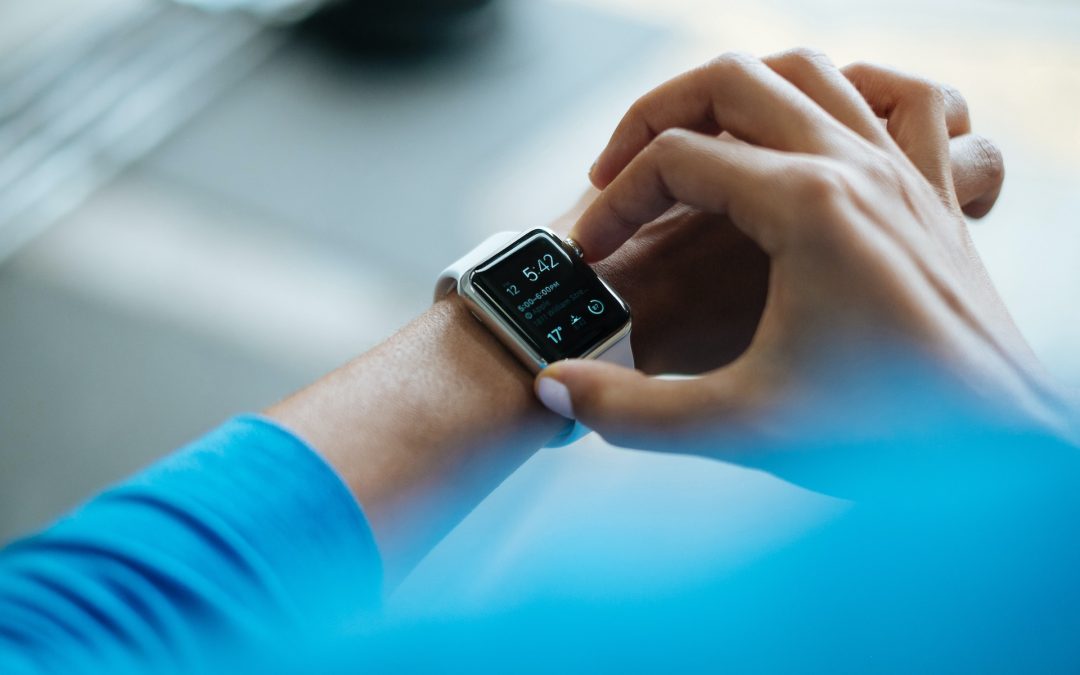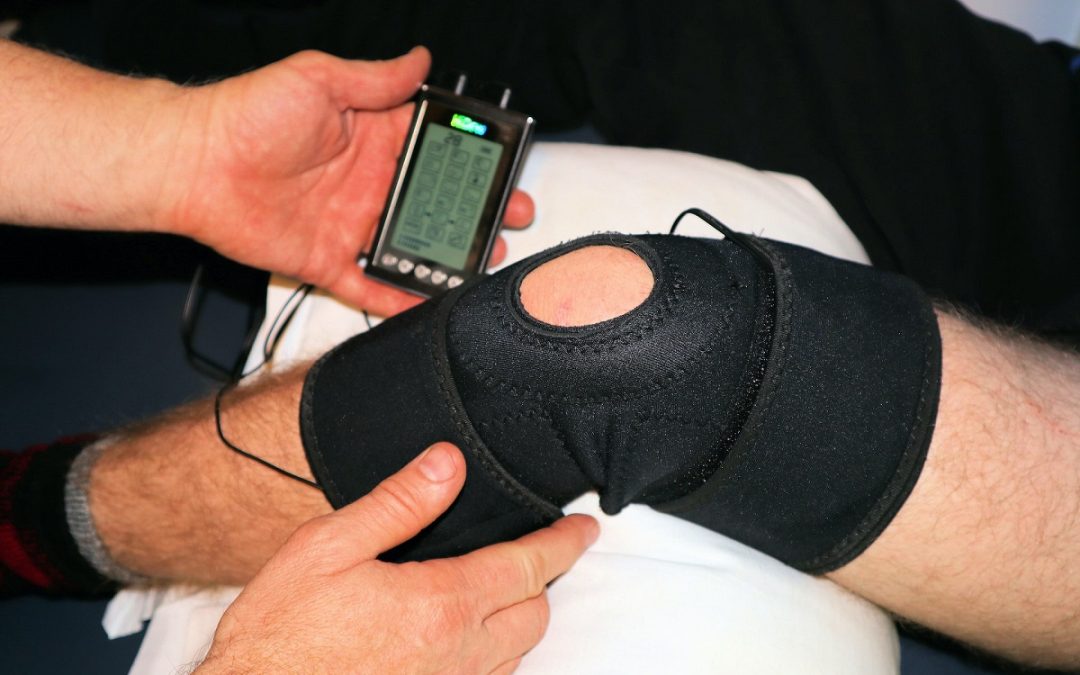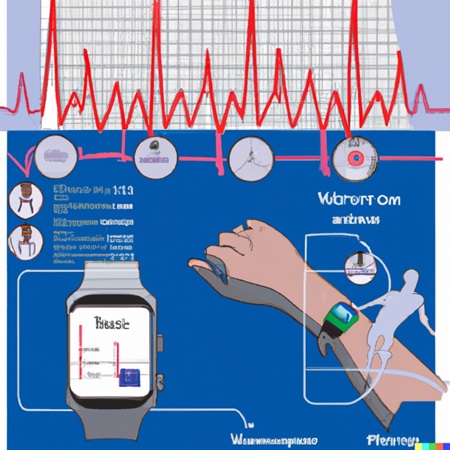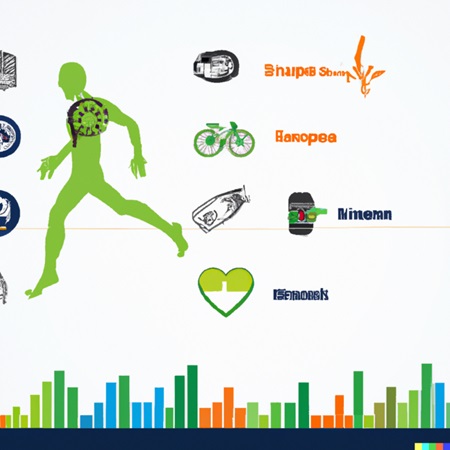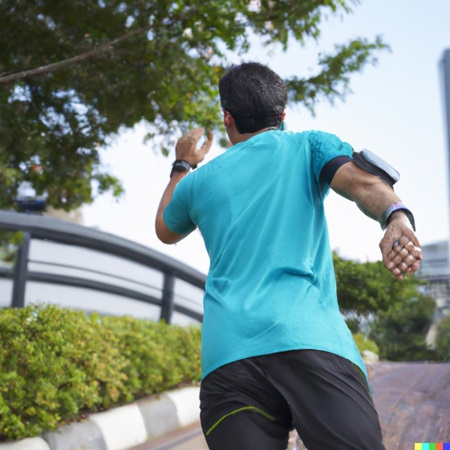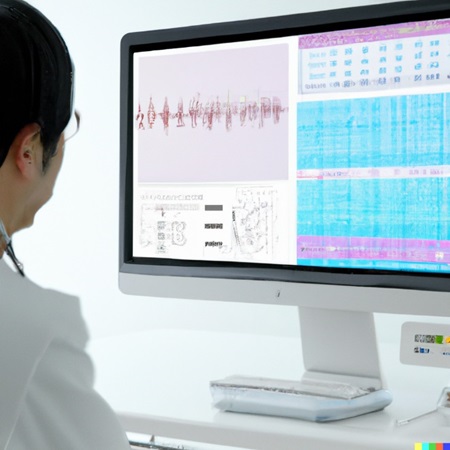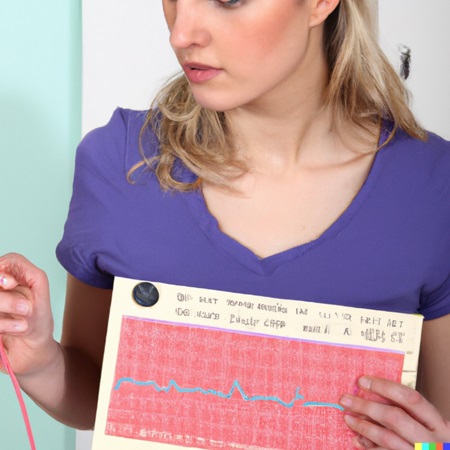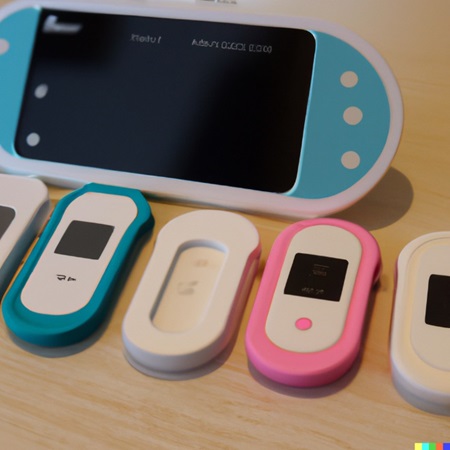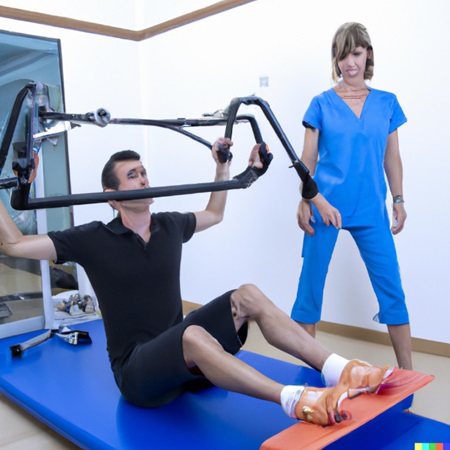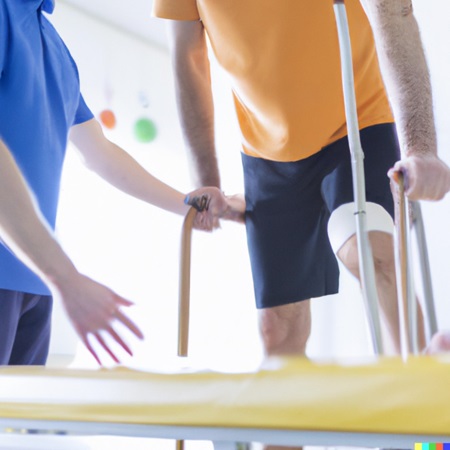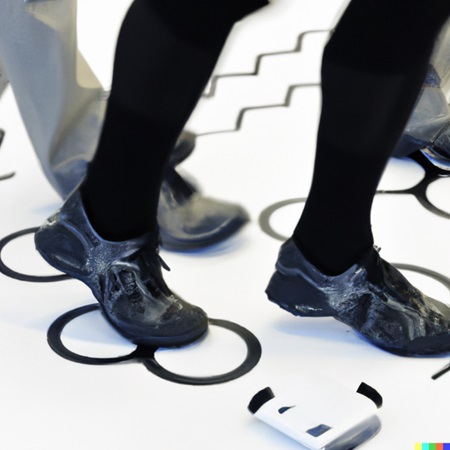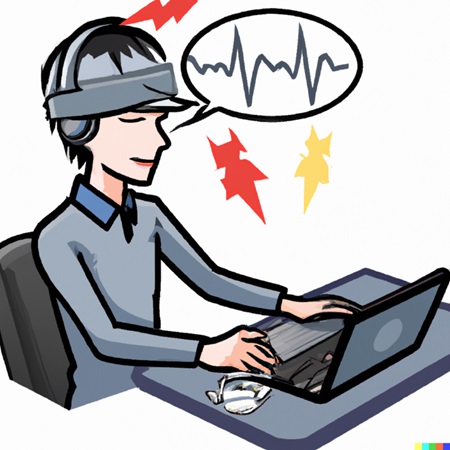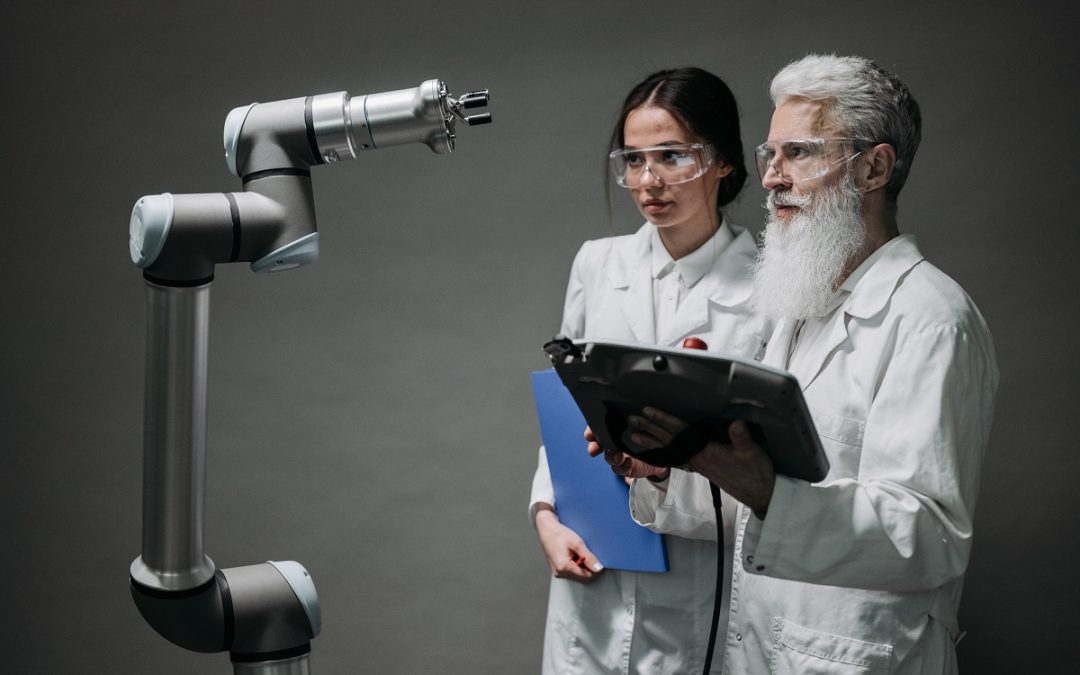
Transforming Healthcare with Artificial Intelligence: Current Trends and Future Directions
Artificial Intelligence (AI) has the potential to revolutionize health informatics and provide numerous benefits to the healthcare industry. Some ways AI can be used in health care include:
Medical imaging:
AI algorithms can be used to analyze medical images such as CT scans, X-rays, and MRIs to detect diseases and abnormalities that would be difficult for human radiologists to detect.
Diagnosis and treatment planning:
AI algorithms can help doctors diagnose diseases by analyzing patient data and medical records. They can also help with treatment planning by suggesting personalized and evidence-based treatment options.
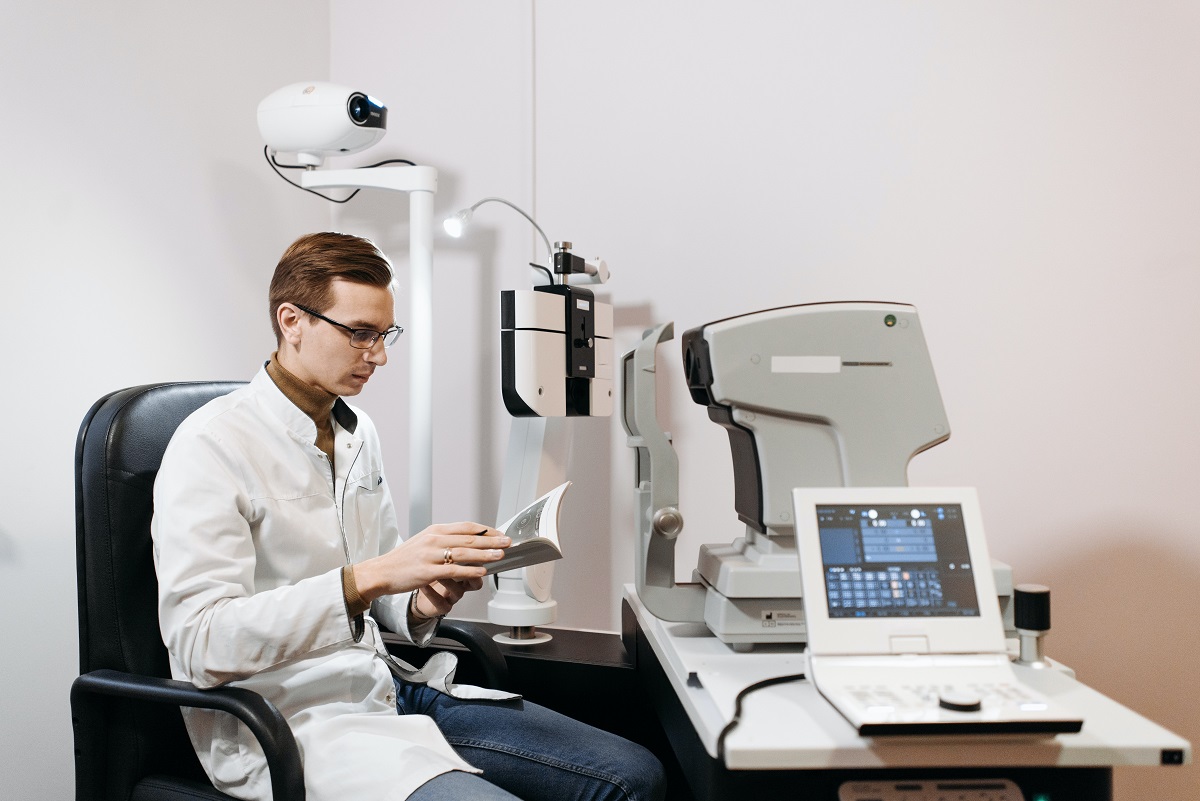
Electronic health records:
AI can help manage EHRs by extracting relevant information from patients’ medical records, reducing errors, and improving data accessibility.
Clinical decision support:
AI algorithms can provide real-time decision support to healthcare providers by analyzing large amounts of data and providing relevant and up-to-date information.
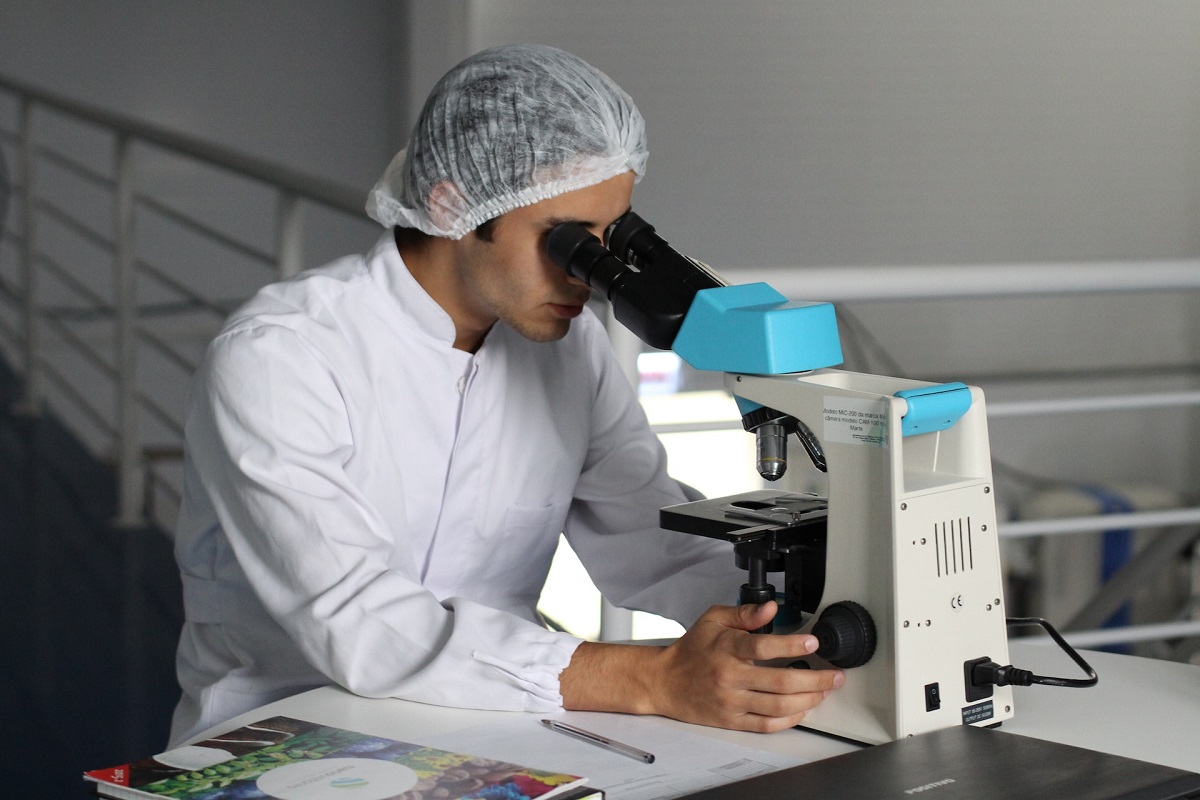
Predictive analytics:
AI algorithms can analyze patient health data, including demographic information, lifestyle habits, and medical history, to predict potential health problems and suggest preventive measures.

